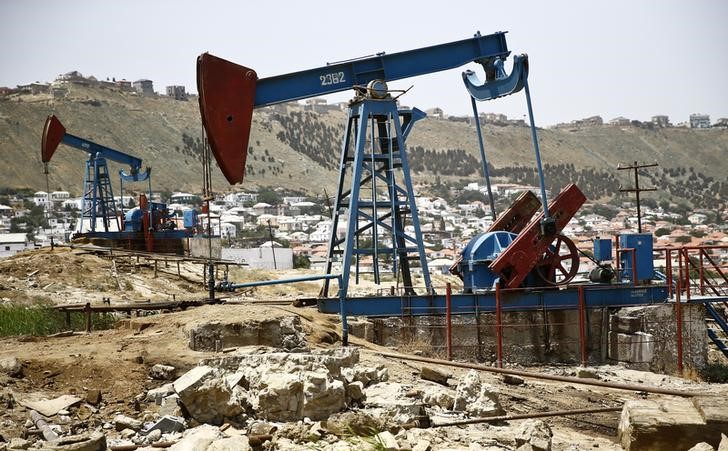IEA Raises 2025 Oil Demand Forecast Due to China's Stimulus Packages
The International Energy Agency (IEA) has revised its oil demand projections upward for 2025, citing economic stimulus measures in China. The Paris-based organization expects global oil demand to increase by 1.1 million barrels per day in 2025, up from the previous estimate of 990,000 barrels per day.
On the other hand, the demand forecast for this year has been reduced from a previous projection of 921,000 barrels per day to 840,000 barrels per day. This downward revision is primarily due to lower-than-expected oil deliveries in China, Saudi Arabia, and Indonesia.
The updated demand growth figures for both this year and 2025 are significantly below the more than 2 million barrels per day increase recorded last year. The IEA's report reflects a weaker macroeconomic environment and shifts in oil consumption patterns.
Despite the upward revision for 2025, the IEA's projections remain significantly below OPEC's forecasts. OPEC anticipates demand growth of 1.61 million barrels per day for this year and 1.45 million barrels per day for the next year.
The IEA expressed concerns about global oil demand in 2025, drawing attention to the sudden stagnation of oil demand growth in China this year, along with modest increases in other emerging and developing economies. China's oil demand in October was unchanged from the previous year and showed a decline compared to the previous month.
However, the IEA expects that China, the world's leading crude oil importer, will see an increase in demand of 140,000 barrels per day in 2024 and 220,000 barrels per day in 2025. This is higher than the previous forecast of 190,000 barrels per day.
Global oil demand is projected to average 102.8 million barrels per day this year and reach 103.9 million barrels per day next year. Nevertheless, the IEA's current market analysis indicates a surplus of 950,000 barrels per day for the upcoming year. If OPEC and its allies proceed with plans to lift voluntary production cuts at the end of March as scheduled, this surplus could rise to 1.4 million barrels per day.
On the supply side, the IEA reported that global oil production increased by 130,000 barrels per day in November, influenced by production recoveries in the Libyan Arab Jamahiriya and Kazakhstan. Total supply is expected to average 102.9 million barrels per day this year and 104.8 million barrels per day next year.
Last week, OPEC and its partners extended voluntary production cuts of 2.2 million barrels per day through the end of March and plan to gradually reduce these cuts over an 18-month period.
The IEA report released on Thursday came amidst concerns over weakening demand trends in China and the possibility of market oversupply next year. However, recent developments such as turmoil in the Middle East following Syrian President Bashar al-Assad's decline and China's commitment to increase economic stimulus provided some support to oil prices this week.
Brent crude is currently trading at around $73 per barrel, while U.S. benchmark West Texas Intermediate is hovering around $70 per barrel.


